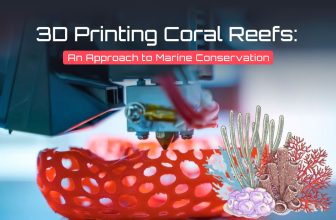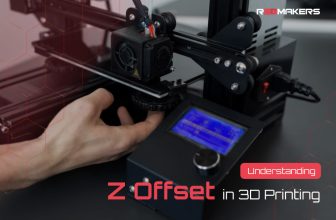Finding the Best Superglue for PLA: A Comprehensive Guide to 3D Print Gluing
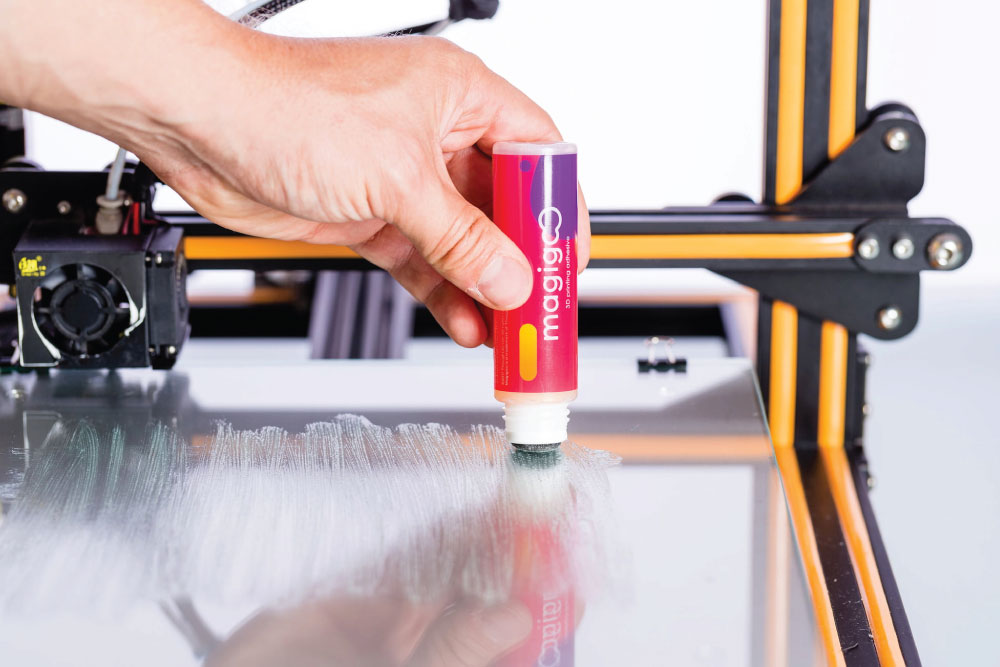
In the rapidly evolving world of 3D printing, one challenge that makers and hobbyists commonly face is finding the best way to bond 3D-printed parts. PLA (Polylactic Acid) being one of the most popular 3D printing materials, requires specialized attention in this regard. The success of many 3D projects depends on the quality of bonding between parts. This article delves into the quest for the best superglue for PLA, the most reliable 3D print glue, and explores the intricacies of gluing in 3D printing, underlining its critical role in achieving functional and aesthetic excellence.
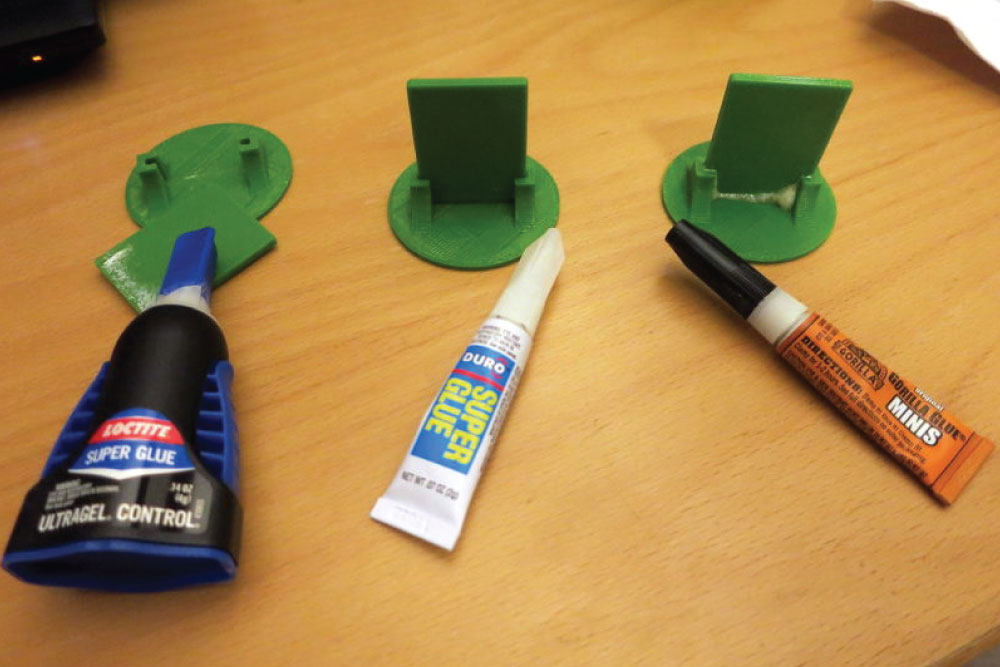
Why Glue for 3D Printing?
Gluing is an essential step in many 3D printing projects, especially when working with larger models that need to be printed in parts. The type of glue used can greatly affect the final appearance, durability, and function of the printed piece. Furthermore, it can determine how well the parts fit together, significantly impacting the structural integrity of the model. Finding the best glue for PLA, and particularly the best superglue for PLA, can significantly enhance the overall quality of the project, adding to its lifespan and appeal.
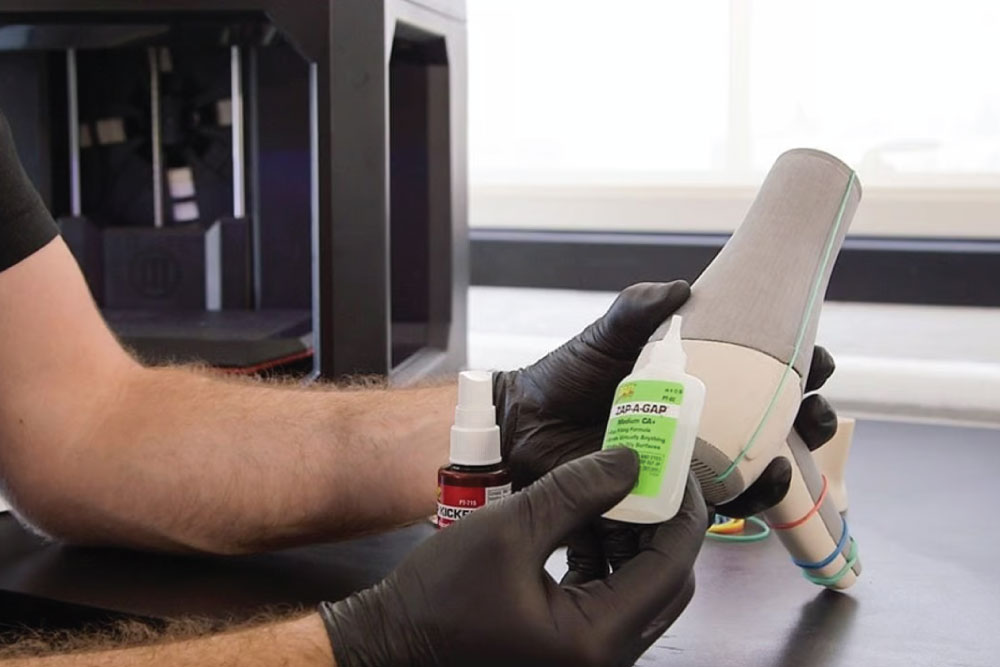
The Importance of Choosing the Right 3D Printing Glue
With various options available in the market, it’s vital to choose the correct 3D print glue specifically tailored for PLA. Different types of adhesives have different properties, and using the wrong type can result in weak bonds, discoloration, or even damage to the parts. Identifying the best glue for 3D printing ensures that the final product remains strong and aesthetically pleasing. A well-chosen adhesive will also ease the assembly process, making it a smooth and enjoyable experience.
Criteria for Selecting the Best Superglue for PLA
While looking for the best glue for 3D printing, particularly for PLA, the following factors must be considered:
Bond Strength: The glue must provide a robust bond that can withstand wear and tear.
Curing Time: The time taken for the glue to set and cure must align with the project requirements.
Compatibility with PLA: Since PLA is a biodegradable material, the glue must be compatible with its specific properties.
Ease of Application: User-friendliness and ease of application are key for a smooth workflow.
Cost: Balancing quality with cost-effectiveness is always a consideration.
The ideal adhesive must be a perfect blend of these factors, providing the required performance without compromising other aspects. An in-depth understanding of these criteria will guide you towards the best choice, saving time and potential frustration down the line.
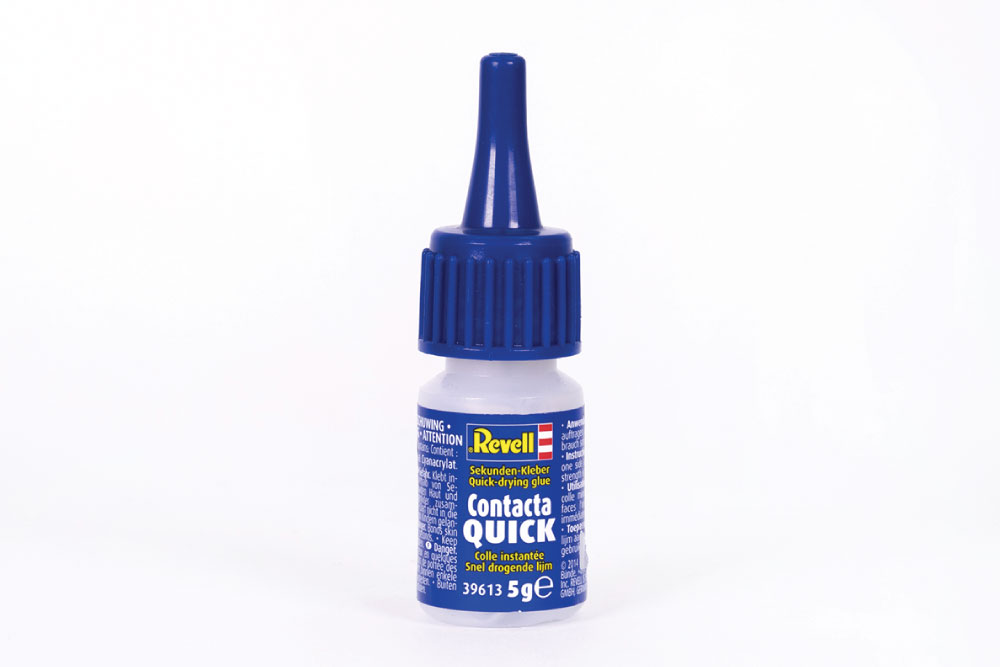
Popular Choices for the Best Glue for PLA
Based on extensive research and practical testing, several options have emerged as leading contenders for the title of best superglue for PLA.
Cyanoacrylate Superglue: Known for its strong bonding and rapid curing, Cyanoacrylate is often considered one of the best superglues for PLA. It provides a clear and robust connection, suitable for various applications.
Epoxy Resin: This two-part adhesive offers flexibility in curing times and provides a durable bond. However, it might be more complex to use than other options.
Specialized 3D Print Glue: Some brands offer glues specifically designed for 3D printing applications. These can be an excellent choice as they are formulated with the requirements of 3D printed materials in mind.
Each of these options has its unique attributes and potential drawbacks, and understanding them will help you pick the right one for your project. Carefully assessing your specific needs and the characteristics of the available glues ensures a more successful and satisfying outcome.
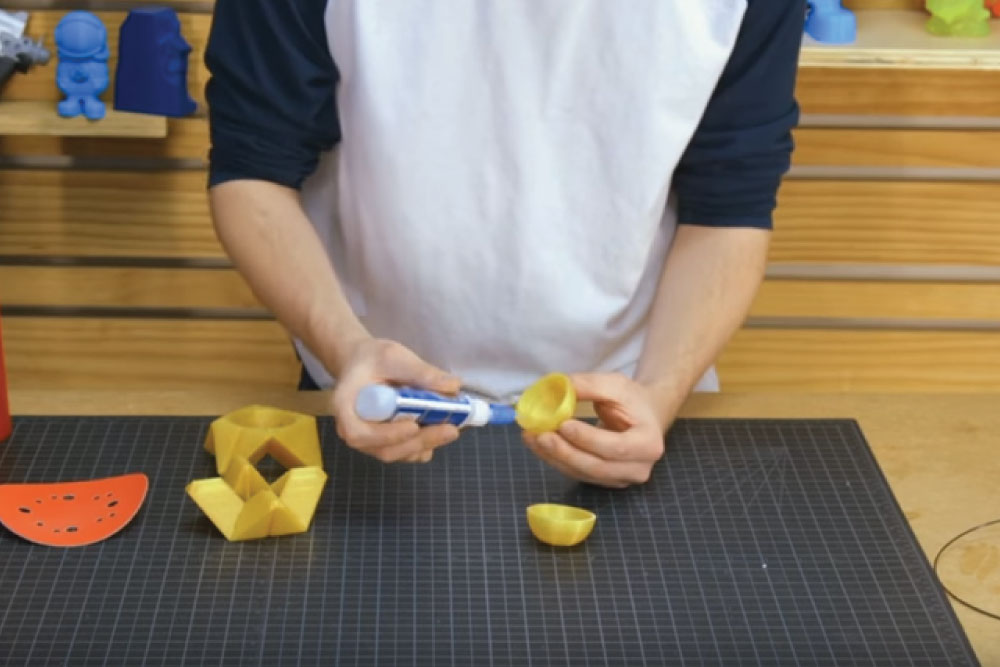
Tips and Tricks for Gluing 3D Printed Parts
Here are some general tips to ensure success in using glue for 3D printing:
Surface preparation is key. Cleaning and slightly roughening the surfaces can lead to a stronger bond.
Apply the glue sparingly and evenly.
Clamp the parts together during curing if necessary.
Follow the manufacturer’s instructions carefully for optimal results.
The right application technique can make all the difference in the final result, so take the time to get it right. These guidelines, combined with patience and attention to detail, will contribute to a high-quality finish and a durable, long-lasting bond.
Conclusion
Finding the best superglue for PLA, or the best glue for 3D printing in general, requires understanding the specific needs of the project and the properties of the materials involved. Whether you’re a professional fabricator or a home hobbyist, selecting the right 3D printing glue can make all the difference in the success of your project. The continuous advancements in adhesive technology are sure to bring even more specialized and effective solutions for bonding PLA, further enhancing the possibilities in the world of 3D printing. Thus, keeping an eye on the latest developments and being ready to adapt to new products and technologies will ensure that your 3D printing endeavors continue to meet and exceed expectations.




